KOYO Bearings 30221 Japanese Tapered Roller Bearings – China Supplier
$50.0 Original price was: $50.0.$35.0Current price is: $35.0.
Product Category: Tapered Roller Bearing
Product model: 30221
Brand: Japan KOYO Bearing
Price: Negotiable
KOYO tapered roller bearings are widely used in automobiles, rolling mills, mining, and smelting tapered roller bearings. Uses: rock drilling machinery, vibration testing machines, stone machinery, water-cooled refrigerators, dry powder mixing equipment, environmental protection and energy saving equipment, bending machines, iron removal Machines, oil fume purification equipment, molds, sheeting machines, capsule filling machines, post-sewing equipment, tape cutters, paper cutters, candy machinery, natural ventilation cooling towers, rolling rails, copper smelting equipment, lace machines and other fields.
Enquiry for: KOYO Bearings 30221 Japanese Tapered Roller Bearings – China Supplier
Overview
Japanese Tapered roller bearings KOYO bearings 30221 have a variety of designs and sizes to suit a variety of purposes. They can be divided into the following categories: single row tapered roller bearings paired with single row tapered roller bearings double row tapered roller bearings. KOYO tapered roller bearings can be separated, and the components composed of the inner ring, roller, and cage and the outer ring can be installed separately with tapered roller bearings. The corrected contact line at the contact between the roller and the raceway can reduce stress concentration. Tapered roller bearings can withstand large radial loads and axial loads. Since the tapered roller bearing can only transmit one-way axial load, another tapered roller bearing installed symmetrically with it is needed to transmit the axial load in the opposite direction. Tapered roller bearings Japanese KOYO bearings 30221 are the most used single-row tapered roller bearings. In the front wheel hubs of cars, small-sized double-row tapered roller bearings have also been used in recent years. Four-row tapered roller bearings are used in heavy machines such as large cold and hot rolling mills.
KOYO Taper Bearing 30221 Detailed parameters
Main purpose: Tapered roller bearings are mainly subjected to combined radial and axial loads based on the radial direction. The bearing capacity depends on the raceway angle of the outer ring, the greater the angle, the greater the bearing capacity. This type of bearing is a separable bearing, which is divided into single-row, double-row and four-row tapered roller bearings according to the number of rows of rolling elements in the bearing. The clearance of single-row tapered roller bearings needs to be adjusted by the user during installation; the clearances of double-row and four-row tapered roller bearings have been set at the factory according to user requirements and do not require user adjustment.
The tapered roller bearing has a tapered inner ring and an outer ring raceway, and the tapered rollers are arranged between the two. All the projection lines of the cone surface converge at the same point on the bearing axis. This design makes tapered roller bearings particularly suitable for bearing compound (radial and axial) loads. The axial load capacity of the bearing is mostly determined by the contact angle α; the larger the angle α, the higher the axial load capacity. The size of the angle is expressed by the calculation coefficient e; the greater the value, the greater the contact angle, and the greater the applicability of the bearing to bear the axial load.
Only logged in customers who have purchased this product may leave a review.
Chengdu Pudding Mechatronic Co. CPMC was established with a vision to provide international buyers competitive prices for world famous air compressors and the related GENUINE ORIGINAL spare parts, air tools, woodworking tools & hardware products with professional consultancy and sales service. Based in China and running our own network AirCompressorsTrade.Com, we consistently strive to become one of the most influential DIRECT online supplier rather than those middle handlers on third platform like Alibaba, Made-in-China or Globalsources, Ebay, Amazon or Shopify.
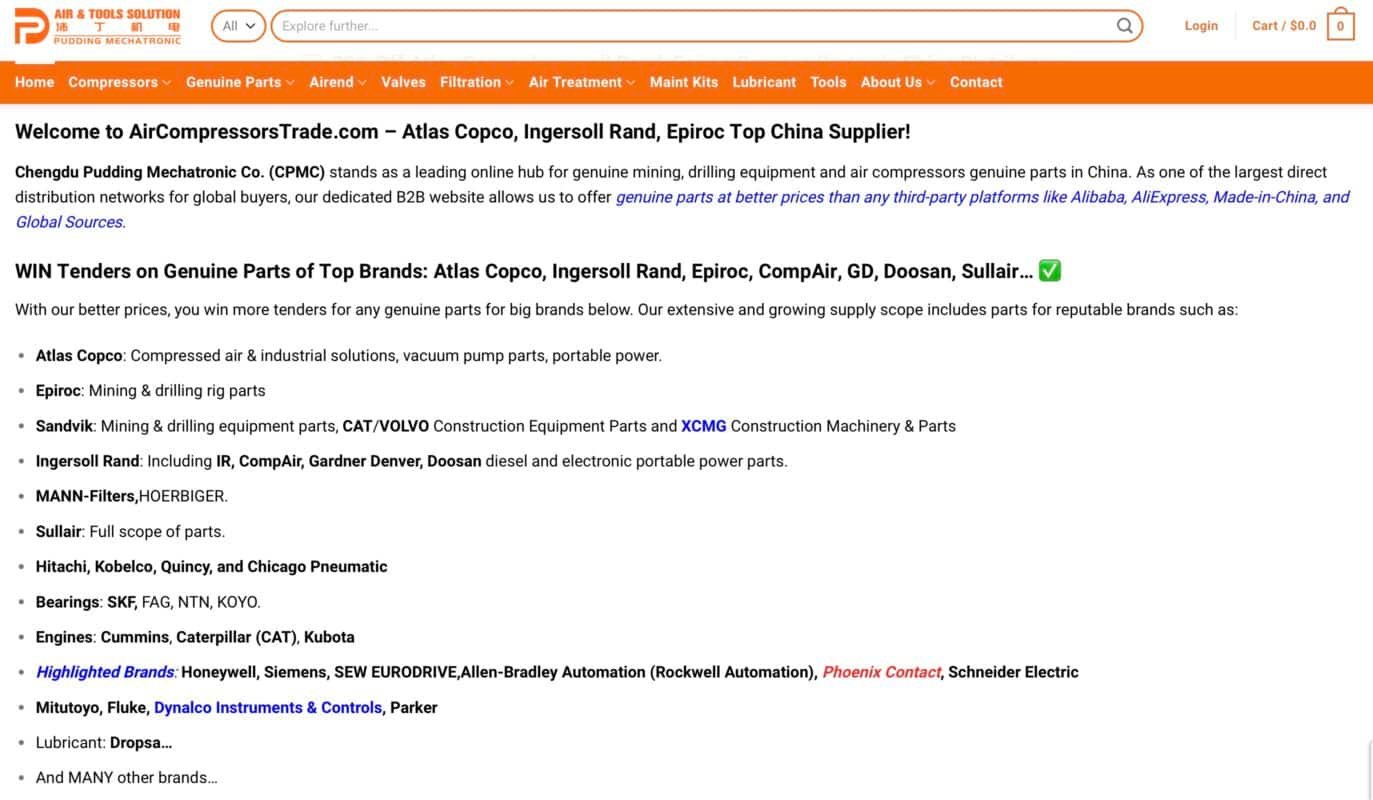
CPMC China Air Compressors and Genuine Original Parts Business Divisions:
Our business main 3 lines
- Compressors +Air Dryers of all types & models for Atlas Copco, Sullair, Ingersoll Rand, Doosan, CompAir, GD, etc and China Local Brand;
- “Genuine Original parts“ for above brands for stationary compressors and portable mobile compressors; Vacuum Pumps and Original Parts; And OEM or replacement parts per clients request;
- Second hand equipment of air compressors and air end, motors, etc.
CPMC China service team work closely with many world reputable manufactures, and the related OEM factories, inner Chanel resources home and abroad. International buyers can expect better prices from us than purchasing from third party platforms, meanwhile we ensure “Genuine products” with reliable delivery.
World Famous Air Compressors we deal:
- Atlas Copco
- Sullair
- Ingersoll Rand
- CompAir
- Doosan
- Gardner Denver
- Chicago Pneumatic
- Quincy
- Kaeser, etc
Chinese Giants of air compressors and spare parts:
- Kaishan
- East Asia – Jaguar Air Compressors
- Hongwuhuan – Red Five Rings
CPMC China compressors, Genuine Spare Parts, and Tools Worldwide Market
About China Chengdu Pudding Mechatronic Co., CPMC (Legal notice)
Chengdu Pudding Mechatronic Co., CPMC is an independent supplier offering Air Compressors and Genuine Original Parts, or OEM parts and/or aftermarket products (per client’s request) for international buyers. Our mission is to provide overseas buyers with quality air compressors, related parts, air tools and woodworking tools with discounted offers. However CPMC is not affiliated with most manufacturers mentioned on this website. Genuine Original Parts or the Original Equipment Manufacturer’s trademarks belong to each manufacturer. AirCompressorsTrade.com makes no claims of special affiliation with or special sanctions by the original manufacturers or the respective trademarks.
Here are the answers to the frequently asked questions from our customers abroad. Should you have any further questions or concerns on air compressors, spare parts, tools, welcome to leave your questions. Our sales consultants will try best to address every of your concerns. Thank you for choosing Chengdu Pudding Mechatronic Co.,CPMC (成都沛丁机电设备有限公司/Chengdu Peiding Mechatronic Co., Ltd.)
购买常见问题
We have been trying best to bring the most competitive prices to our international buyers, however some of our online prices are probably not updated for quite a while and our factories may increase or decrease our distribution prices without prior notice far in advance. So if you feel you may get a cheaper price for a designated compressor or spare part, please send us detailed requirements with specifications such as name plate, parts numbers, pictures, etc. We will answer you with great prices via email SOON.
Yes, of course, we double check all the specified items you purchase from us before and during the packing. Further more, if requested, additional insurance can be inclusive for the China mainland and/or international shipping.
Yes, please provide the detailed and exact address, contact person, phone number and the appropriate time for picking up.
Yes, we can ship your goods to your designated Amazon/Europe warehouse, or even deliver to your door as well.
We accept T/T, Western Union, WeChat Pay, Alipay, PayPal, Credit Card with 3-4.5% fee.
You can pay us by bank telex transfer (T/T), Western Union, PayPal and so on. However, like any online international gateway B2B or B2C websites which normally surcharge 2% as transaction fee both on buyers and suppliers together, the banking fee and the transaction fee for your purchase with us may apply (This small fee is cheaper and it is subject to vary via different payment gateway, 1-2%). Some buyers have Alipay or WeChat pay through their friends or agent in China, this is really convenient and also cheap way to pay us. However we suggest the T/T or western Union agent transfer. For Credit card payment, there would be 3-4.5% surcharge on top of the quotation.
Yes, we have been working in international trade business for years. We have a bunch of shippers/ forwarders and companies all of which have all necessary export licenses thus we can provide the customs declaration and ship the goods out to you. We are able to provide you the competitve quotation based on incoterms FOB, CIF to DDP, etc.
We have been in air compressors and spare parts sales and services for nearly 5 years. We know the China domestic and international markets and the products quality level in the field. We know how competitive we can be during and after the COVID19 world wide situation. All our sales service staff have working experiences in selling air compressors, spare parts and industrial tools on Alibaba or AliExpress.
Please be patient to expect your package which should arrive safely according to schedule in regular basis, however the worldwide COVID19 is still unstable in some regions of the world, and this may infect the China international shipping time. If this product is for virus protection purposes and if the coronavirus (COVID-19) will affect your purchase delivery, it will, anyhow, get to you after the necessary custom procedure.
Feel free to ask your questions you may have, and we will update our answers in couple of hours generally.
Thank you for contacting us, China Pudding Mechatronic Co.CPMC Service team will get back to you in 0.5-23.5hours!



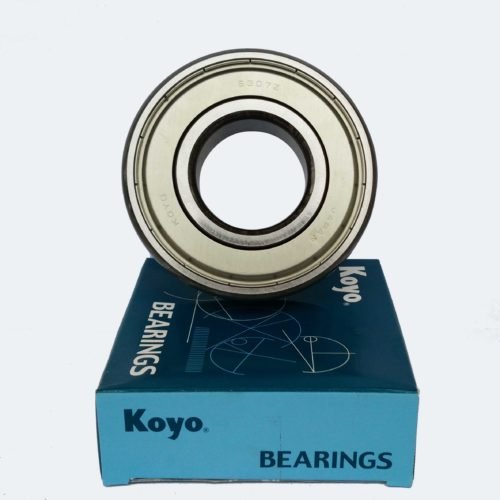
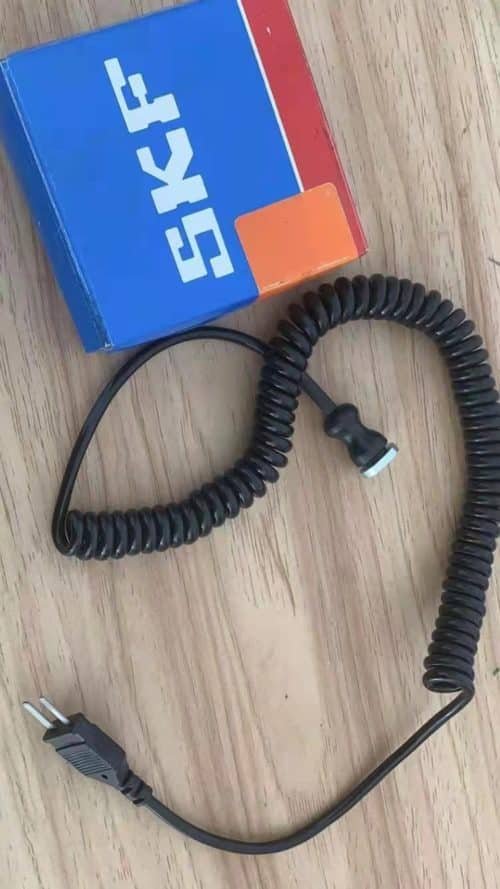


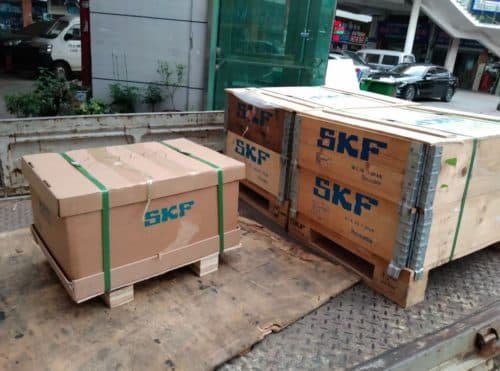
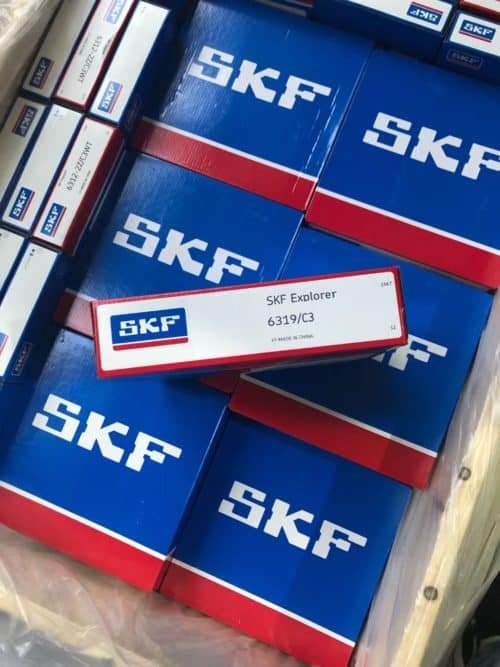

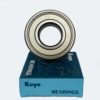
Reviews
There are no reviews yet.